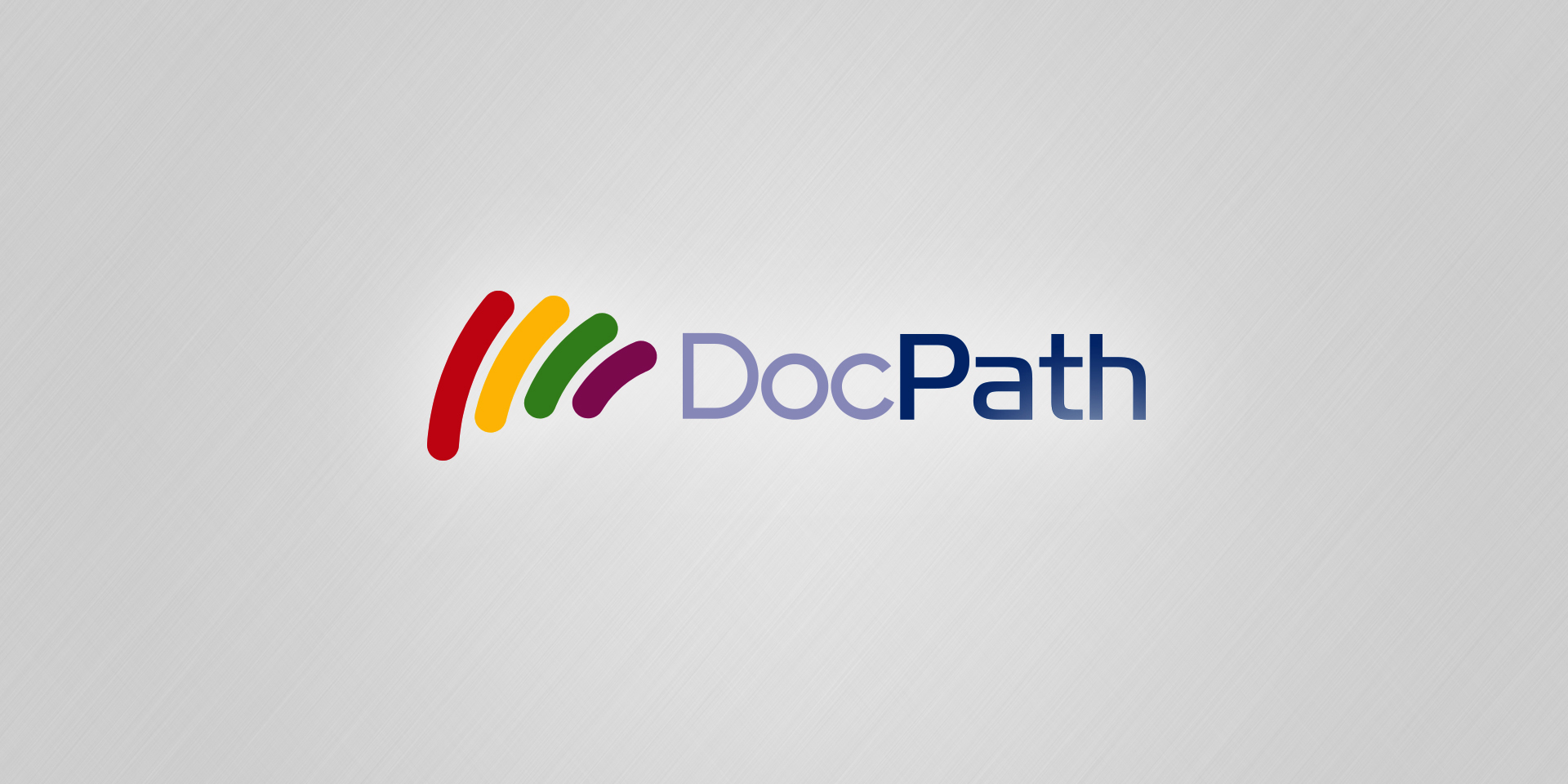
Typically, electronic administration, or e-administration, refers to the incorporation of ICT in public administrations from two perspectives: intra-office and inter-office. The first encompasses a transformation of the traditional office as paper processes are converted into electronic processes, while the second refers to the external relations of a company, in which the new electronic communications are applied to business/citizen relationships. As such, the main goal of e-administration is to improve public services and democratic processes to aid compliance with public policies.
e-Administration as a new tool undoubtedly has great potential to increase productivity, as it simplifies the daily processes of any organization. In fact, when ICTs are correctly applied to deliver public services and to interact with citizens and businesses, they can be a basic tool in improving overall productivity and efficiency of public administrations. An advanced electronic administration mechanism combined with public services that exploit the advantages of ICTs are both elemental aspects to improve overall productivity and help to overcome the economic crisis.
Optimization of resources
Once e-administration has been implemented in most Western countries, the basic objective to be achieved is the maximum use of the established services, without sacrificing, adapting or modifying rate-based technology that helps society advance.
In this manner, public administrations have obviously made great efforts in the last decade to communicate more effectively and fluidly with the general public. Document software providers have also made their contribution in this area, by focusing on innovation and turning e-administration into a reality.
Citizens and businesses need to be fully aware of these new services to obtain effective results. As such, the EU states in its Digital Agenda for Europe: 2015.eu that:
“Europe will only benefit from this digital revolution if all EU citizens are mobilized and can fully participate in the new digital society.“
The political areas and distribution factors defined in this report constitute an overall political framework of ICTs for the EU over a period of five years, from 2010 to 2015. The framework focuses on the individual as a citizen and as a consumer. This means that all people should be taught the required skills and offered total access to high speed internet connection.
The EU report aims to provide guidance and inspiration to the global EU eGovernment Action Plan 2011-2015, to mobilize EU tools, such as funding, non-binding judicial tools, and, where appropriate, specific legislation. One of the goals of this Action Plan is that at least 50% of Europeans will be using e-administration at the end of 2015, and 25% of them will be sending forms electronically to public administrations. Logically, an unavoidable requirement for this new phase is that maximum returns must be obtained from the resources used.
Technology trends
It is possible to obtain solid results quickly, but this calls for action on a number of fronts, to remove all barriers and to encourage achievement of the objectives set. These actions should take into account the following guidelines:
- Put the citizen in the center. This means that administrative processes should be redefined to really involve the public. In this regard, the e-administration tool should be easy to use, its interface should be optimized and the corresponding formalities should be simplified.
- Encourage the use of digital services by public administrations. Generally, public administrations offer much more digital services and tools than they use themselves in their internal processes.
In this sense, we should learn from the success stories in the private sector, especially of financial institutions, which have turned a lot of their processes into automatic, digital processes.
- Focus on efficient ICT processes in public administrations. Experiences of other public and private institutions show that there is still a long way to go when it comes to improving management of ICTs within administrations to increase their efficiency.
- Focus on implementing ICTs in basic public services. ICTs can play an important role in improving key services and procedures such as Justice, Health Care, Social Services, Education, revenue management, etc.
In short, further development of e-administration tools is unstoppable, but the desired benefits will only be obtained if both citizens and businesses use these services effectively and efficiently. Citizens will save time and money in their communications with administrations, while public organizations will be able to dedicate more resources to other important tasks.
Resources:
- Digital Agenda for Europa: 2015.eu.
Julio A. Olivares
DocPath CEO
